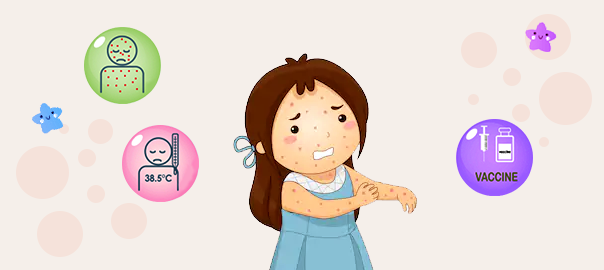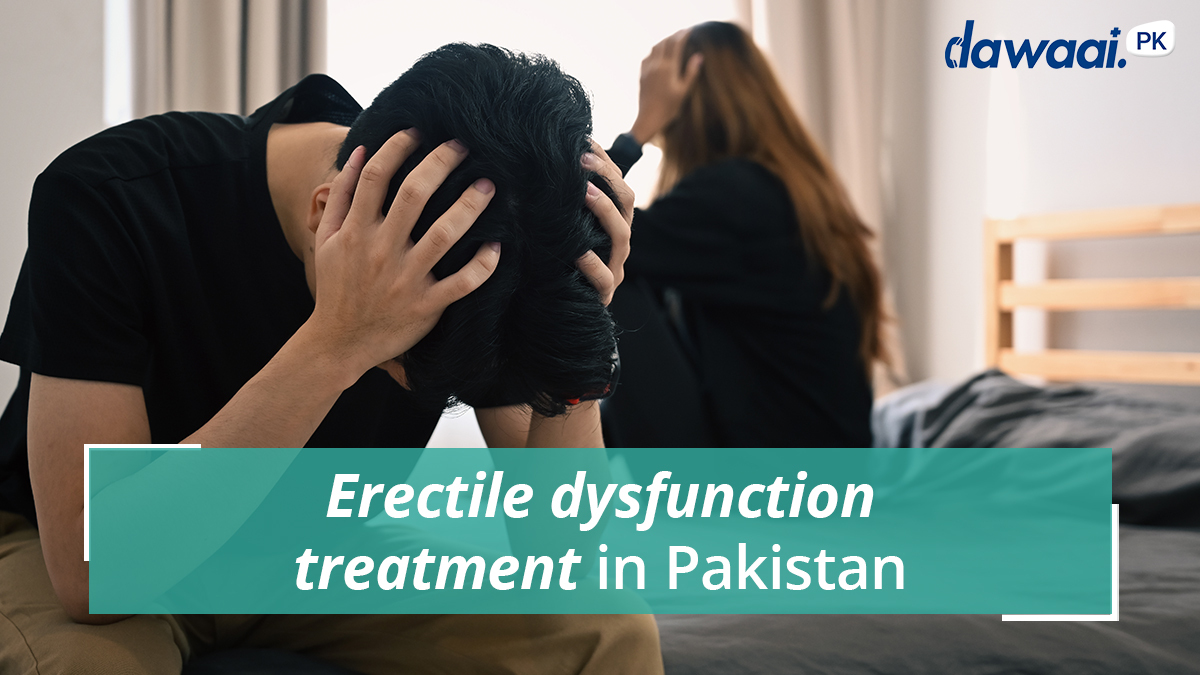Medically reviewed by Dr. Muhammad Ashraf Shera.
We have heard our mothers shout “isse door raho” whenever someone in our family becomes a victim of the widely known infection Chicken Pox. But, why is that the case? What actually is Chickenpox? Well, Chickenpox is a contagious infection caused by the varicella-zoster virus. Mostly, it happens in kids but adults can fall prey to it too.
The most indicative sign of chickenpox is an itchy skin with red blisters. So, over the period of several days, the blisters pop up and start leaking. Eventually, they scab and crust before healing completely. Let’s get to know more about the process, symptoms and treatment needed for Chickenpox.
How does it happen- The bodily factory process behind Chickenpox
The Varicella-Zoster virus (VZU) causes Chickenpox. Most cases occur when someone touches something on which the contagious particles have landed or by breathing in these particles. This means that someone with chickenpox can pass it to others just by sneezing or coughing, as contagious drops tend to come from the nose and mouth. This infection even passes when someone comes in contact with fluid from the blisters. It is that easy to infect someone new and give them chicken pox.
Also, a person with chickenpox is the most contagious during the first 5 days of being sick, so try to keep away from people who have this infection.
A tiring sad day filled with symptoms of Chickenpox
The most common symptom of chickenpox is an itchy rash. For this to happen, the infection has to be in your body for 7 to 21 days.
Some other symptoms include:
- Loss of appetite
- Headache
- Fever
Two or three days after these symptoms, the rash will begin to happen. This happens in three phases before the recovery. Firstly, you develop pink or red bumps over your body. Secondly, these bumps become blisters filled with fluids that leak. And lastly, these bumps become crusty, scab over and begin to heal.
However, your bumps will not be in the same place, as new bumps keep on appearing throughout this time on different places. Remember, you are still pretty contagious until all the blisters on your body have scabbed over. And it takes 7 to 14 days for these to disappear completely.
Putting an end to it- the treatment plan
If your kid has chickenpox then don’t send them to school, instead manage their symptoms and wait till the virus passes out of their system. Because a virus causes chickenpox, antibiotics cannot treat it. However, if bacteria infect the sores then you might need to get antibiotics. This happens when children pick or scratch their blisters, so constantly remind them not to. Buy some topical ointments, but consult your doctor as soon as possible.
You can also help your child feel better by doing the following things:
- Asking them to wear soft clothing
- Applying calamine lotion to itchy parts
- Give baths in lukewarm water every 3-4 hours
- Put mittens on their hands to prevent them from scratching
- Trim fingernails
- Give soft and less spicy food if they have blisters in their mouth
Note: Do not give aspirin to children with chickenpox as it can lead to an illness called Reye Syndrome.
The Pox-clusion
Most of us have been prey to this infection when we were younger. Chickenpox doesn’t need any special treatments but if you are facing any severe complications where you feel drowsy or your headache doesn’t go away, then do consult a doctor. The most important pointer to remember is to stay away from people who have chickenpox and get the varicella vaccine (helps to protect against chickenpox) as soon as possible. So keep you and your kids healthy starting from today!
Guest Credits: Asma Qadri






